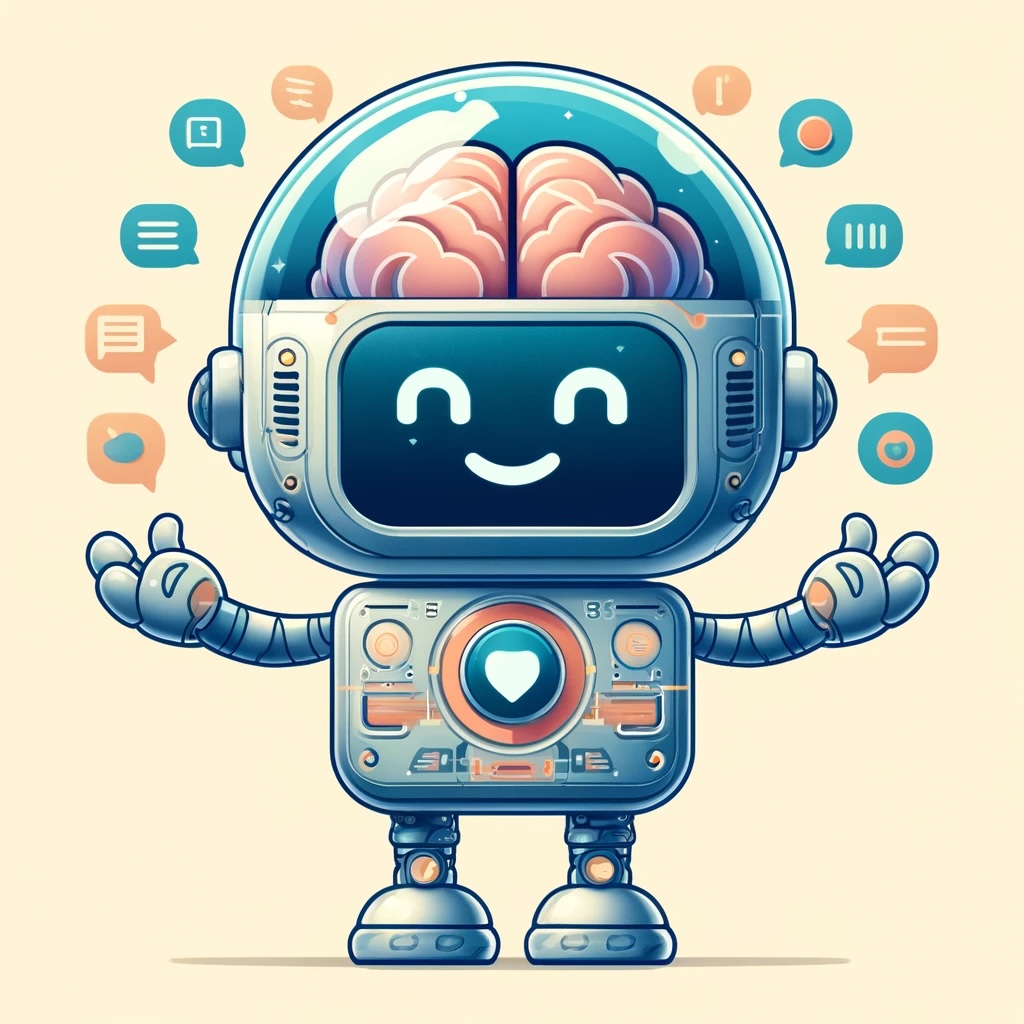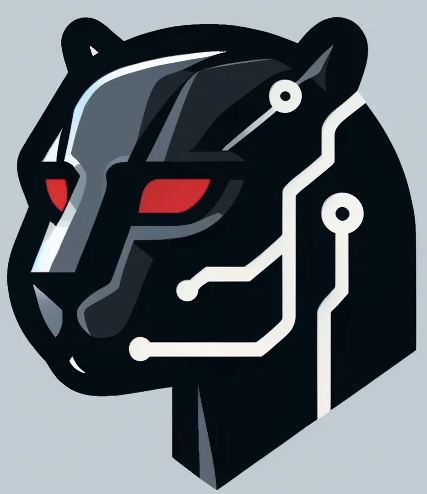InPhroNeSys: Enhancing Supply Chains and Operations with Data Science
Willkommen auf meinem Blog! Hier geht es darum, wie man Data Science im Bereich Supply Chain und Operations Management zielführend einsetzt

Watch, Read, Listen
-

ABC-Analyse im Einkaufscontrolling: Ein Klassiker trifft auf moderne Datenwissenschaft
Die ABC-Analyse ist eine weit verbreitete Methode im Einkaufscontrolling, die auf dem Pareto-Prinzip basiert. Dieses Prinzip, benannt nach dem italienischen Ökonomen Vilfredo Pareto, postuliert, dass 80% der Ergebnisse oft mit 20% der Ursachen erreicht werden…
-

Vorteile von R/Python gegenüber Excel
Es gibt viele Gründe, warum die Verwendung von R oder Python Vorteile gegenüber der…
-

Die Revolution der Großen Sprachmodelle: Wie LLMs die digitale Welt verändern
In der rasant fortschreitenden Welt der künstlichen Intelligenz (KI) haben große Sprachmodelle (Large Language…
